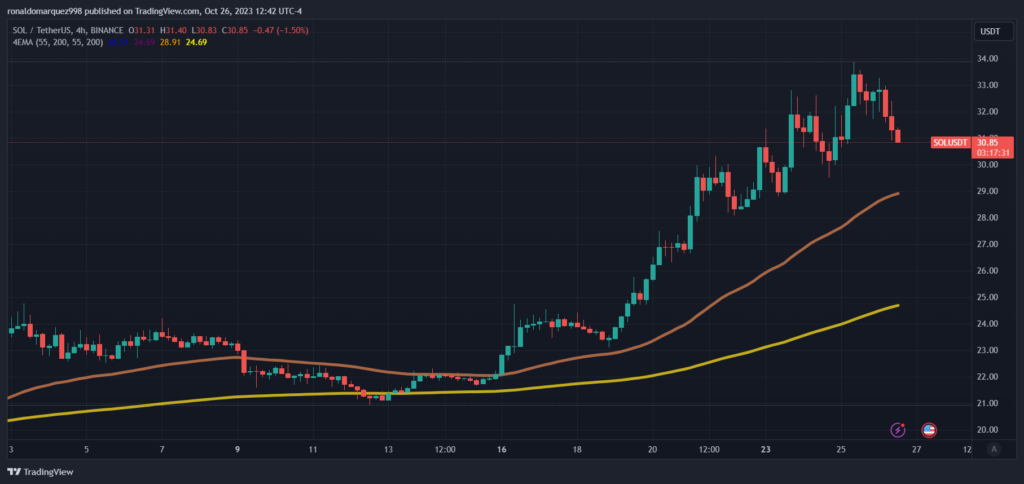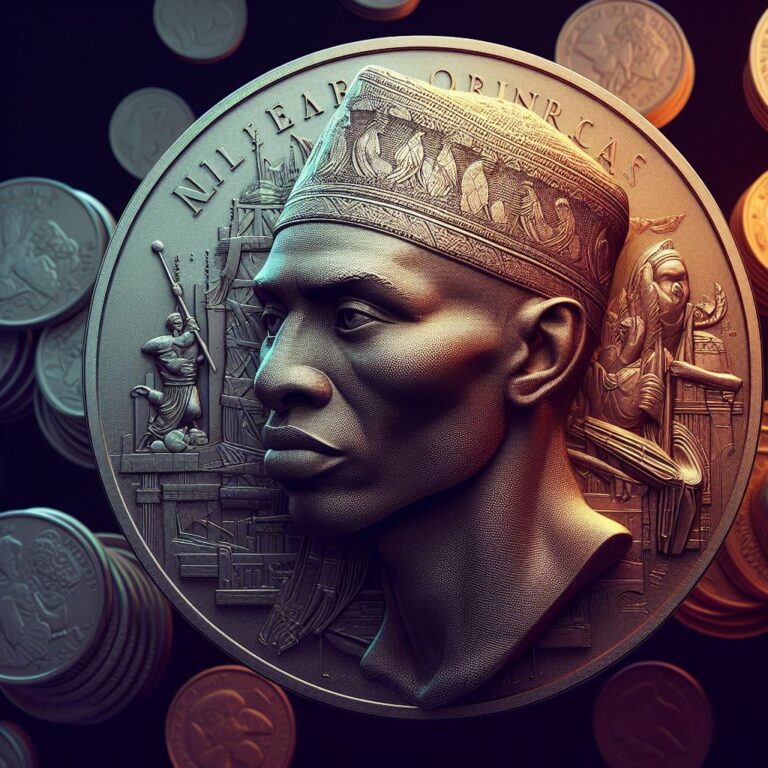Central Bank Digital Currencies, or CBDCs, are a potential field in which the US Federal Reserve is making progress.
Redefining financial ecosystems and improving the usability of digital transactions are the goals here. Fintech innovators understand the benefits, but they also realize that there is more than one side to the discussion around CBDCs.
In this developing story, heated subjects include discussions over government participation, consumer safety, and regulatory hurdles.
But technological advancement moves quickly, and we shouldn’t either.
Fintech firms need to adapt to this technology revolution because it has the potential to revolutionize security and transaction speed in ways that will benefit both businesses and end consumers.
A closer look at the CBDC phenomena
CBDCs are a blend of contemporary technology ease and traditional financial trust.
This presents a chance for the fintech industry to more easily connect with established banking institutions. The appeal is demonstrated by a recent research conducted by the Bank for International Settlements’ Monetary and Economic Department, which shows that central banks throughout the world are becoming much more involved in CBDCs.
According to the study, 90% of the 81 central banks questioned are actively looking into CBDC projects. Compared to 2020, this is a significant increase of 83%.
In particular, 25% of CBDC pilots have advanced, while more than 60% are in the experimental or proof-of-concept phases.
This change was probably caused by the drive for digital adoption and the growing interest in stablecoins during the Covid-19 epidemic.
Why CBDCs are gaining popularity throughout the world
In order to counteract the extreme ups and downs that are typical in the cryptocurrency field, CBDCs may be the stabilizing factor we need.
Additionally, they might take up the space left by the decline in the usage of paper money. In essence, this changing environment is a call to action for innovation and the creation of new goods.
Central banks are drawn to CBDCs because they provide a fresh threat to existing fiat currencies as digital assets gain traction.
The goal of central banks is to stay ahead of the curve. It all comes down to remaining up to date with payment technologies.
Institutions aim to bring about a modernization or perhaps a revolution in the routine transactions they conduct.
Additionally, central banks might take a more active role in directing international payment networks by instituting CBDCs.
CBDCs have the potential to pave the way for a slew of innovative financial services if they are widely used. Imagine easier-to-use peer-to-peer lending choices, smarter contracts, and more efficient cross-border payments. To put it succinctly, CBDCs may hold the key to a completely new degree of financial innovation.
Nevertheless, the Fed is still approaching the notion of implementing a CBDC with extreme caution. This is about charting a trajectory for the future, after all.
Change is clearly underway, since digital wallets and cryptocurrencies are increasingly often discussed in financial contexts.
Nevertheless, the Fed board is mindful of its first responsibility, which is to preserve confidence in the US dollar. Thus, if a federal CBDC is implemented, it will likely only happen after much preparation and examination.
Public opinion: a two-edged sword
The Federal Reserve is inviting feedback from a broad range of sources in an effort to get everyone on board and informed.
They’re opening up avenues for public comments and adopting global best practices.
They obviously want to take a decision that is inclusive as well as well-informed, but the general public’s feelings on the matter are still divided.
According to recent poll data, only 16% of Americans support the notion of a CBDC in the US, while 34% of Americans are opposed.
Put otherwise, the respondents who were aware of the idea opposed it by a 2:1 ratio.
The primary factors influencing the likelihood of rejection are worries about cybersecurity threats and government control, with 68% of respondents saying they would refuse a CBDC if it allowed the government to monitor their expenditure.
If the introduction of digital currency meant doing away with paper money, the same proportion would be against it.
The question of how strictly a hypothetical CBDC should be governed is becoming more and more contentious.
There are others who argue that strict regulations should be implemented. The main goals are customer safety, risk reduction, and establishing an equitable and transparent strategy.
They do have a point; if digital currencies are going to completely change the financial environment, it would seem sensible to have strong government regulation to make everything legal and stable.
Conversely, some people are leery about Big Brother making all the decisions.
They fear that excessive regulation, made possible by a CBDC, will slow down the market and make it more difficult for new competitors to enter it, decreasing market competition.
Furthermore, let’s not ignore the problem of financial privacy. It certainly feel unsettling to think that your every move could be monitored by the government.
And what if a CBDC-connected social credit system was used to deny someone access to money?
These are all warning signs that should be taken into consideration as we delve deeper into the CBDC discussion.
Having said that, it’s important to remember that over 50% of respondents weren’t sure what they wanted to do.
This is probably due to the fact that they aren’t completely informed on what CBDCs are or can signify for them.
According to the report, having a solid grasp of CBDCs and having faith in the Federal Reserve are key markers of support or opposition to this digital revolution.
Therefore, the dilemma facing the fintech industry is how we can address justifiable privacy and security concerns while also helping to educate the public about the potential benefits of CBDCs.
Finding a balance between innovation and regulation
The rise of CBDCs has facilitated robust discussions among policymakers, economists, and general public.
Proponents of more monitoring see it as a means of guaranteeing equity, protecting customers, and exposing unscrupulous activities.
However, a different camp is cautioning that an excessive number of regulations may stifle creativity and stunt the development of new technology and applications in the field of digital currencies.
Achieving a careful balance when it comes to the possible implementation of CBDCs is crucial. It’s becoming obvious that international regulations may hold the key to stopping any abuse of authority.
The government can’t and shouldn’t bear all the blame, even if it clearly has a significant part to play in preserving financial integrity and stability.
For the purpose of promoting innovation and creating effective payment systems, collaborations with private sector participants and the utilization of industry knowledge are essential.
In my opinion, striking the correct balance between innovation, regulation, and consumer protections is a difficult but necessary task. A variety of stakeholders must actively participate and do careful analysis.
Achieving this balance will be essential to implementing CBDCs in a way that will increase financial inclusion, strengthen the economy, and benefit both people and companies in a real way.






































